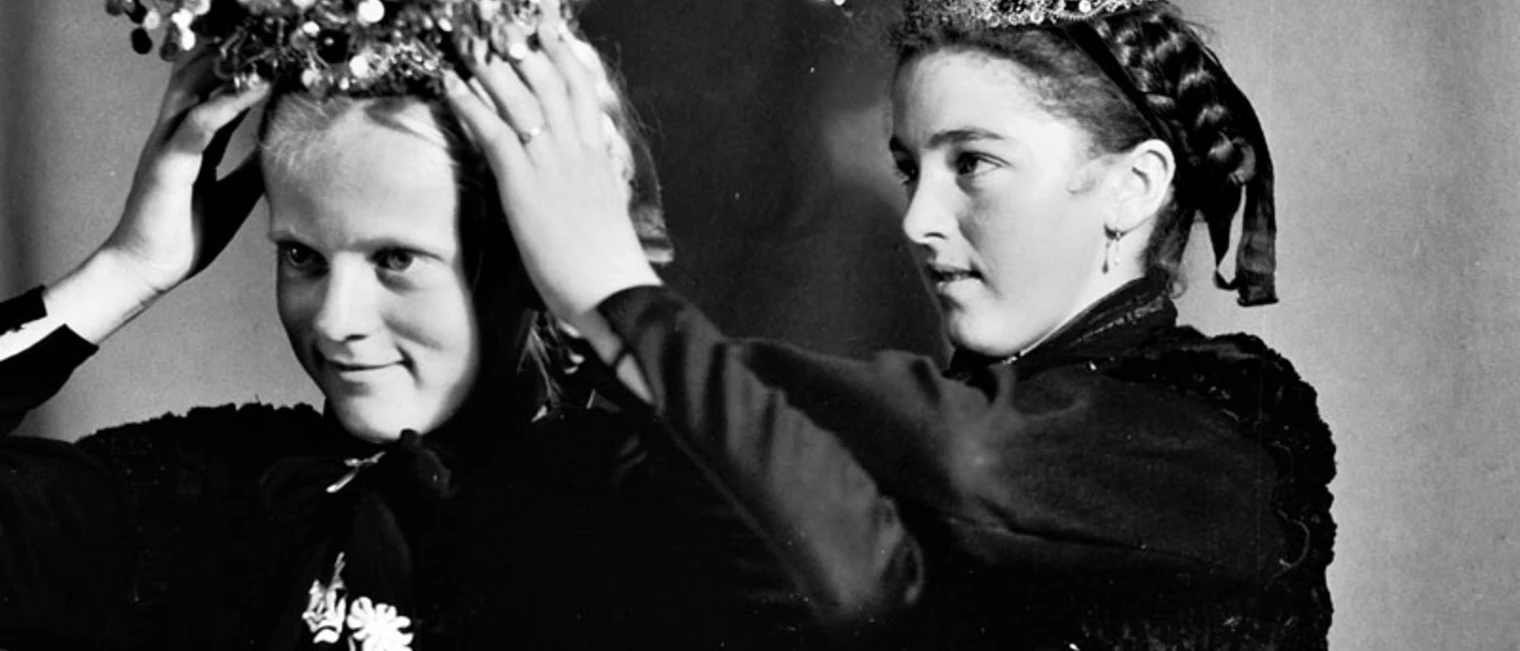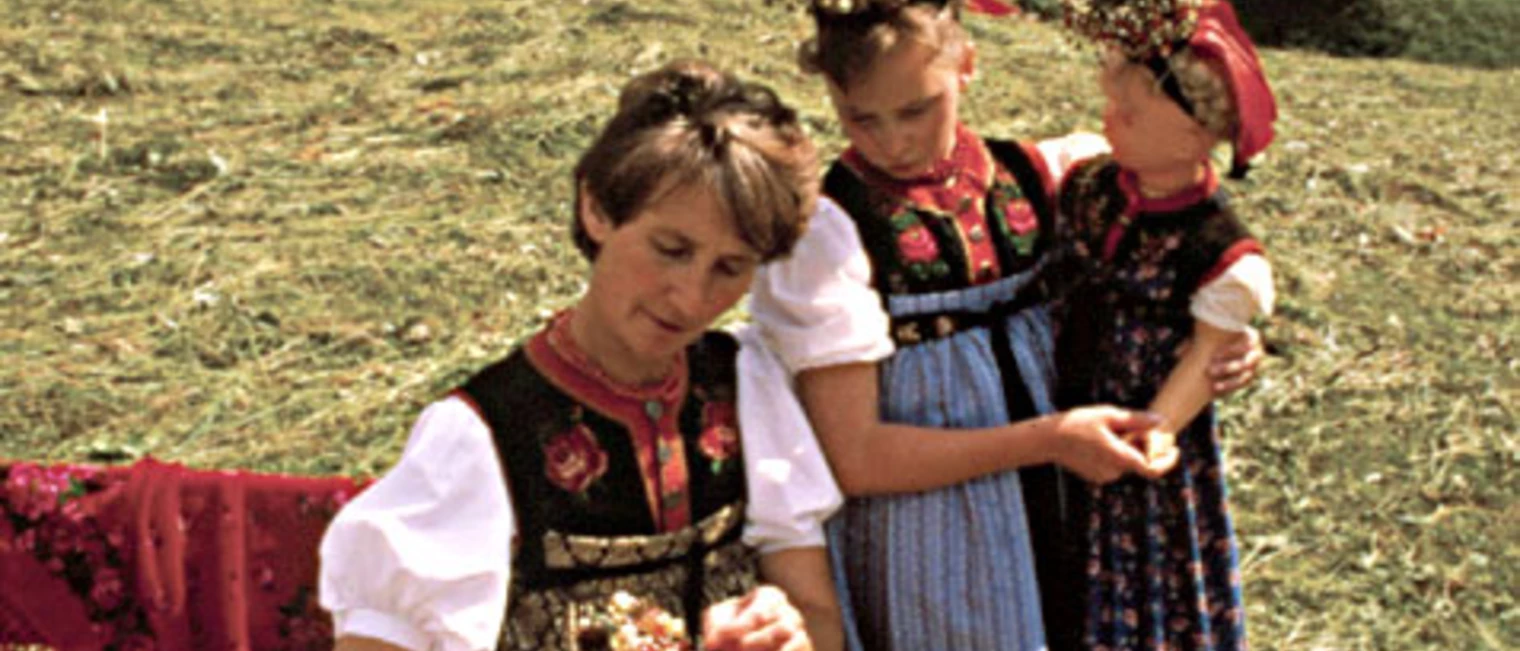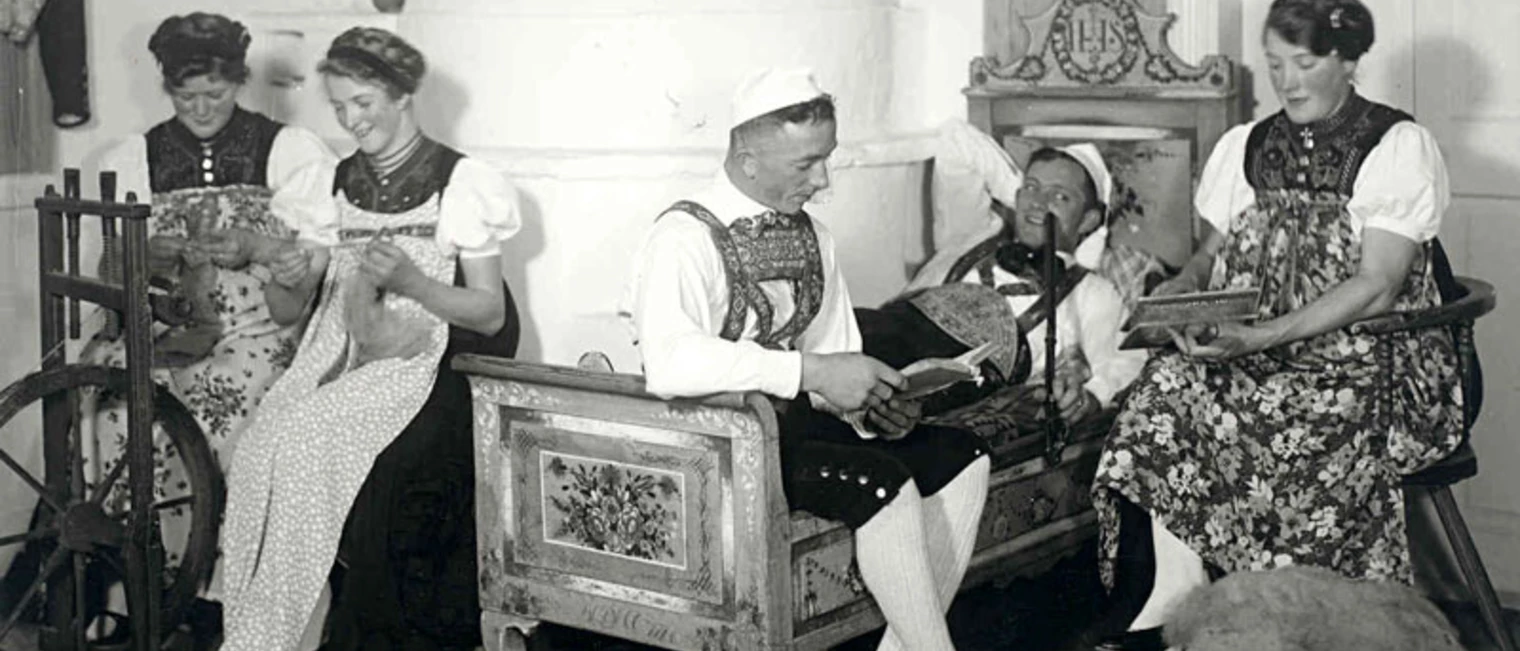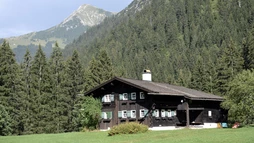

Language – An Important Part of Walser Heritage
Bianca Schuster writes about the Walser dialect:
‘Traditionally-minded’ would probably be the best way to describe my father who is a genuine Walser. On the other hand, ‘spirited’ would probably be the best way to describe my mother who is a genuine native of Oberallgäu. Their respective dialects were very important to both of my parents and this possibly explains the strange mixture that constitutes my own dialect which cannot be ascribed completely to either one of the two lines of descent.
Even though this bore fruit with the older children, it didn’t have the desired effect among us younger children. He had to admit that his tenacity was not enough to truly ingrain my linguistic heritage.
My homeland and its respective dialect were not very important to me when I was young. I now regret this a great deal because I now wouldn’t have to look at the horrified faces of so many local people as I stumble over the few words of dialect I have managed to hold onto. It is in these moments that I wish my Papa had been tougher with me as this would have spared me a great deal of embarrassment.
The Walser dialect is difficult to understand and is similar to the dialects spoken in Hochtannberg, Davos, Wallis (Valais) and Alsace. Linguists call it Highest Alemannic German.
Unfortunately, the Walser language is now under threat or is certainly considered to be in decline (I am an example of many others who are unable to speak their own local dialect). Many local people are conscious of this problem and are making efforts to preserve this language as they see it as a valuable part of the alpine way of life and thus a fundamental element of Walser culture.
However, it is good to see that increasing numbers of young Walser are once again speaking their dialect with pride and it is hoped that they will pass this gift onto their offspring with love and dedication. In addition, more and more literary works are being published in the dialect. Characteristics of the Highest Alemannic Walser dialect include the shifting of ‘s’ to ‘sch’ (sie = schii, uns = önsch, ünsch or insch, Eis = lisch, böse = böösch), and changing the ‘-nk sound to the softer ‘-ch’ (trinken = triicha, denken = deicha). There are also a large number of special expressions that are influenced by local customs.
I will naturally not deprive you of a short sample of Walser text:
Wer chaa an liaba Gloggachlang so schriiba, wia n er chlengt?
On wer chaa schriiba mit dr Schrift, wia schöö an Amsel sengt?
Dees chaa bi aller liab kän Mänsch, deijch bloos a bitzle naa!
Ond wia mit Glogg ond Voogelsang
Isch s mit dr Walser Schpraach
Who can describe the beautiful sound of a bell ringing?
And who can write with a pen as beautifully as a blackbird sings?
With all due respect, nobody can do this, just think about it for a while!
And just like the bell and the birdsong, this the way it is with the Walser language.
Haberilla Wüstner-Linder












Share page...
...and tell others